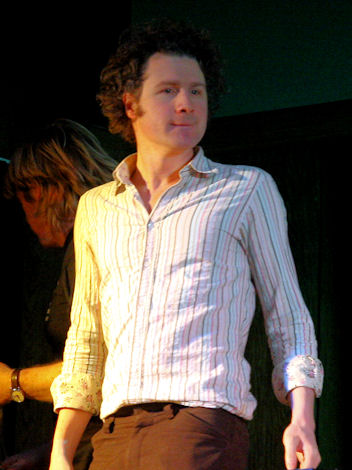You may be aware of the mini-controversy around what was initially thought to be a ‘mystery missile’ launch earlier this week off the California coast. This clip sums it up:
The official line now seems to be that it wasn’t a missile at all, but the vapour contrail from a passenger jet, the sunset and viewing angle making the event look like something it wasn’t. Last time I looked, NASA were reported to be supporting that view based on satellite imagery, and a specific aircraft has been correlated with the event.
The incident reminded me that things are indeed not always as they seem, especially in the sky around sunrise and sunset. And to illustrate, I’ve dug out a few pictures – all taken in the last three months.
One thing that really struck me in the mystery missile film was the ‘solidity’ and volume of the plume. Aircraft contrails are more wispy aren’t they? But then I looked at this picture I took just before sunrise, which includes a contrail every bit as bushy as the one in the film:

Perspective too is a funny thing. Take a look at this picture I took of a passenger jet near Heathrow Airport in London just as the sun was setting.

It’s not immediately obvious, to me at least, whether this plane is coming at me or flying away. There’s a Gestalt Switch moment when the eyes confuse the rear of the fuselage for the nose end. Things don’t get much clearer when we zoom in:

A few seconds later and the setting sun catches the plane’s tail, making the direction of flight more obvious. At a distance, could such a bright reflection isolated to one part of an aircraft be confused with a rocket nozzle – especially if you’d already got the idea in mind?

It’s easy to be fooled by bright objects catching the sun. Helium filled toy balloons are favourite UFO candidates. I’ve more than once rushed into the house for camera and binoculars when something fast and bright has appeared in the sky. The motion of a rising balloon is very smooth, and viewed from the right angle the mystery object can appear to travel horizontally across the sky faster than it really is. The last one I saw reminded me of an International Space Station (ISS) pass, only in daylight. Again, one of the issues I have with the mystery missile film is that I can’t tell how fast the missile / aircraft is moving – vertically or horizontally.

Here’s another example of skyward things not being all they at first seem. To the naked eye, we see a typical multi-engine passenger jet flying at high altitude.

But with the benefit of a telephoto lens, it turns out to be three (presumably military) jets flying in formation:

Something else that isn’t clear from the mystery missile footage is the absolute and relative position of the helicopter that took the pictures. Again, perspective can be confusing. Take a look at this shot I took looking down on a plane in the clouds. Obviously I took this from the air, right?

Wrong. I was standing in the local park (and it’s not a hilly region) when I took this. A bird flying into the frame puts some limits on the likely altitude, but it’s still ambiguous if you don’t see the full context:

To finish off, here’s a picture I took only a couple of weeks ago from mountains over-looking Los Angeles and the bay area. It was twilight, and that lump above LA Downtown is Catalina Island. Perfect missile-spotting conditions. Maybe I’ll catch the next one.

UPDATE 13/11/2010
Comprehensive analysis of this event and discussion of previous missile/aircraft contrail confusions here at Contrailscience.com.






